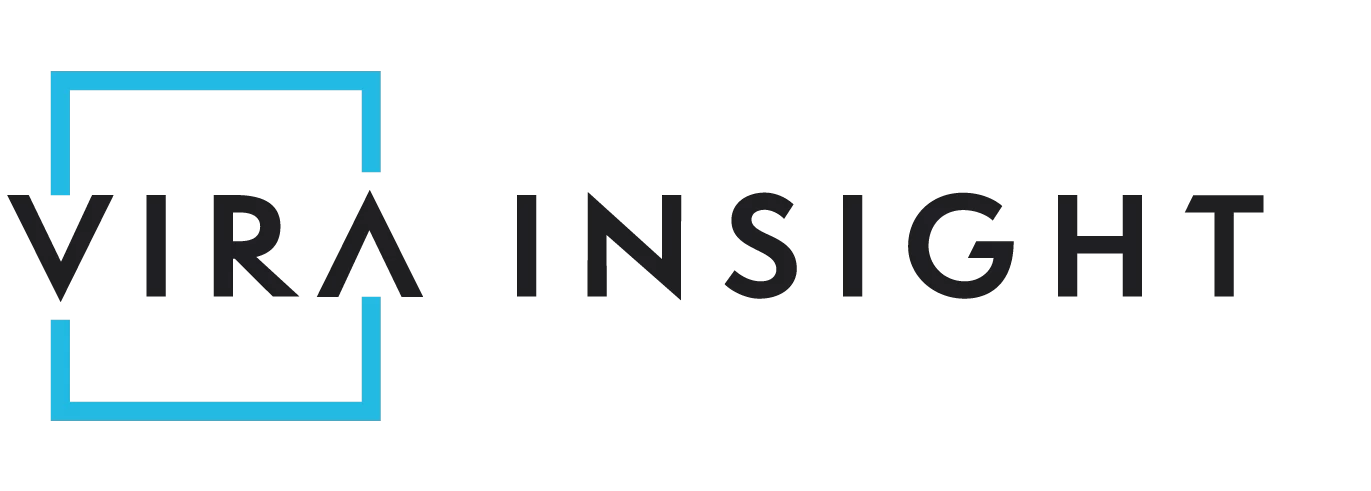How to make work, work!
The post-pandemic evolution of the office has something for everyone.
At the beginning of the 21st century, the modern office was renowned for open, collaborative workspaces and fun-filled perks, including coffee bars, snack areas, and pool tables. But the post-Covid landscape offers a very different view of what defines a successful workplace.
As workers balance remote schedules with a return to headquarters, no longer is a ping-pong table an essential ingredient to engage employees. Instead, the new thoughtful and purposeful office offers a little more function along with the fun. Flexible, modern offices may value privacy more than ever before while still allowing workers to work the way that they feel the most comfortable.
Renowned for designing and manufacturing solutions for any built environment, vira insights was poised to pivot as we designed the offices of the future.
Accelerating our emphasis on supplying retailers and offices with custom-built solutions, we began at the source—our own office in Lewisville.
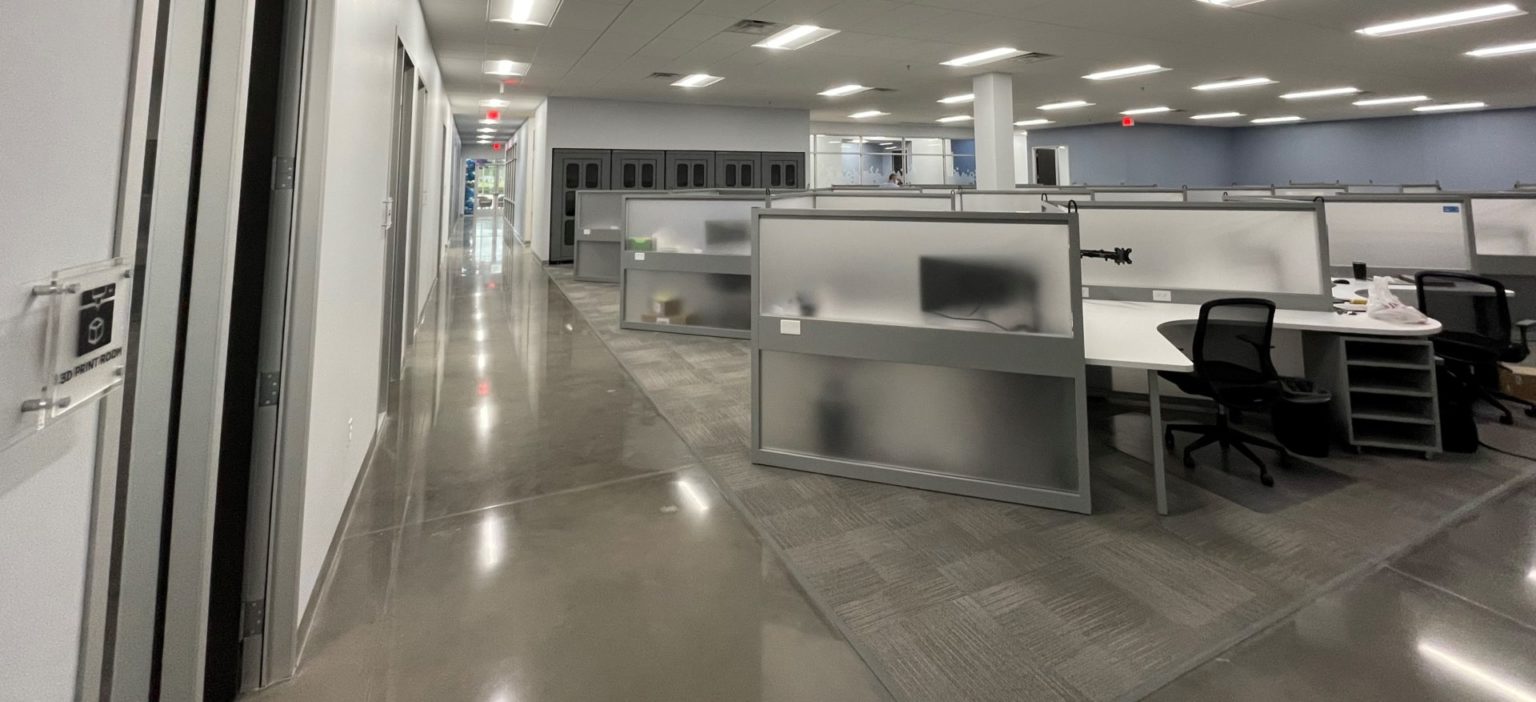
The newly designed 350,000-square-foot headquarters and manufacturing center VIRA unveiled in May of 2021 has already proved to be a successful template we can look towards as we deliver interior environments that can adapt to changing worker needs. The elbow-to-elbow seating of the past may be reconfigured to house fewer people in the same space, but it turns out this one-size-does-not-fit-all approach is better for workers and employers than previously imagined.
Says company CEO Jeff Jones in an interview from Dallas Innovates:
“We believe a space that is custom-designed for a business, its employees and its customers lead to performance. Our own office is proof: After returning our employees to a redesigned, safe environment, we have seen more productivity, more sales closings, more deadlines hit on time, and greater satisfaction among our customers. Your space truly makes a difference in how your business performs.”
Companies are leaning into adaptable configurations that can be combined and shifted in an array of combinations. Colleagues can then gather for meetings or give each other personal space for more intense collaboration. Walls can be moved, and see-through sneeze guards or laminated gallery panels will provide a barrier against germs and noise while still allowing employees to see and hear one another. Outdoor gathering spaces are another trend we’ll see more of in the coming years.
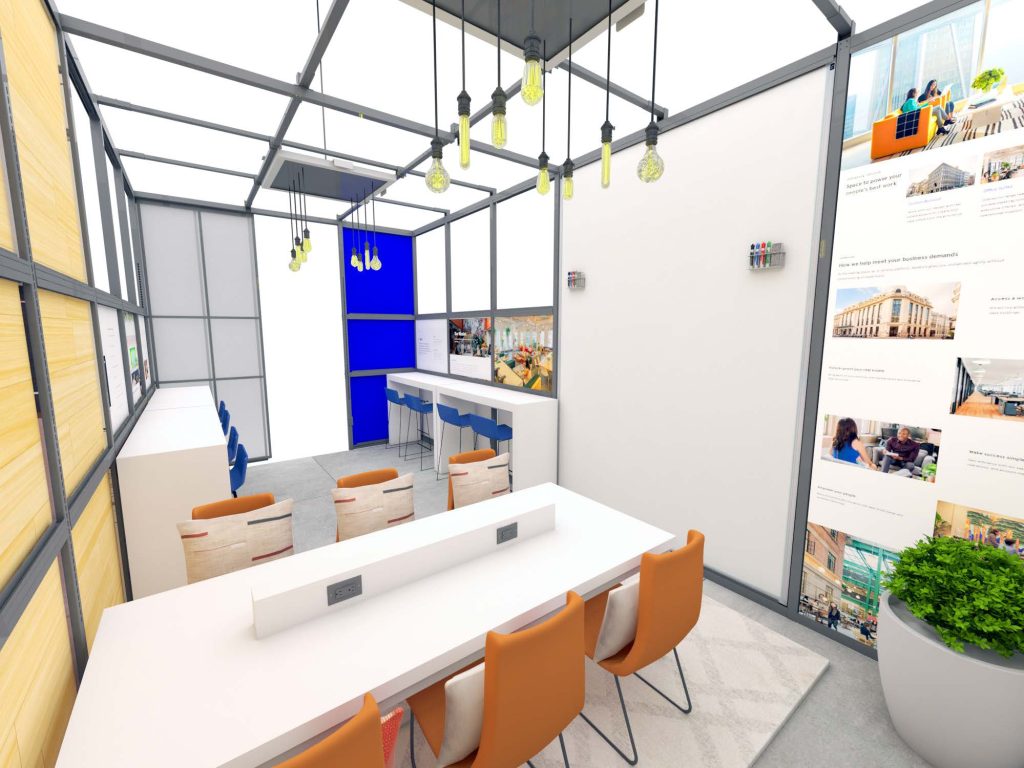
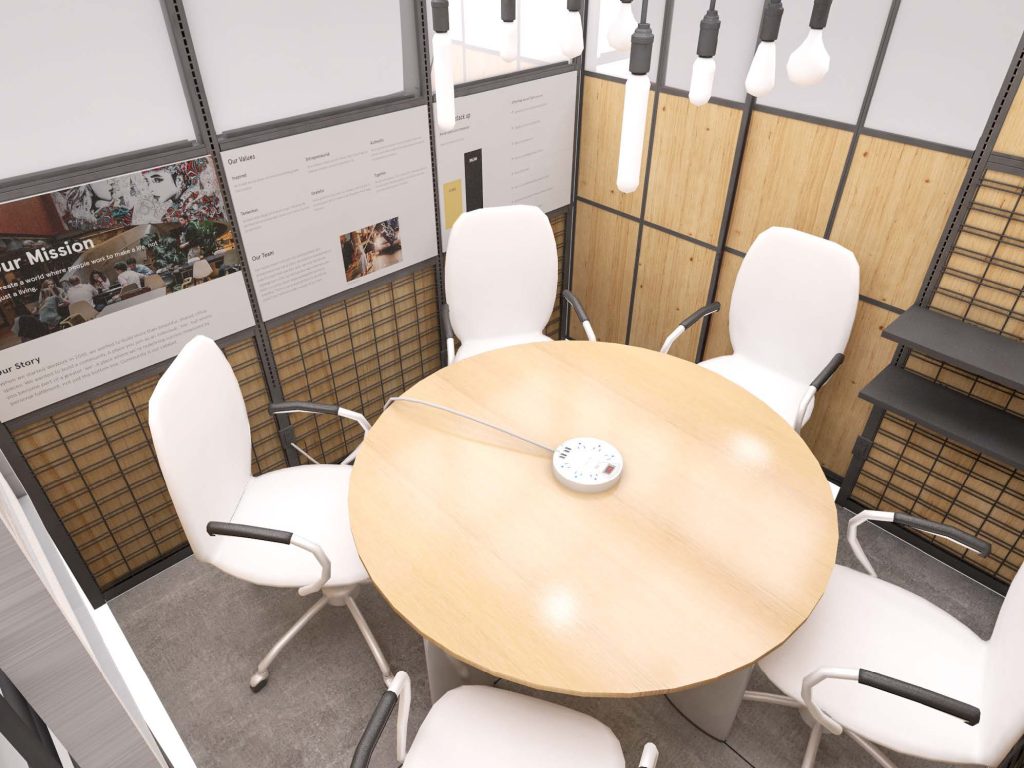
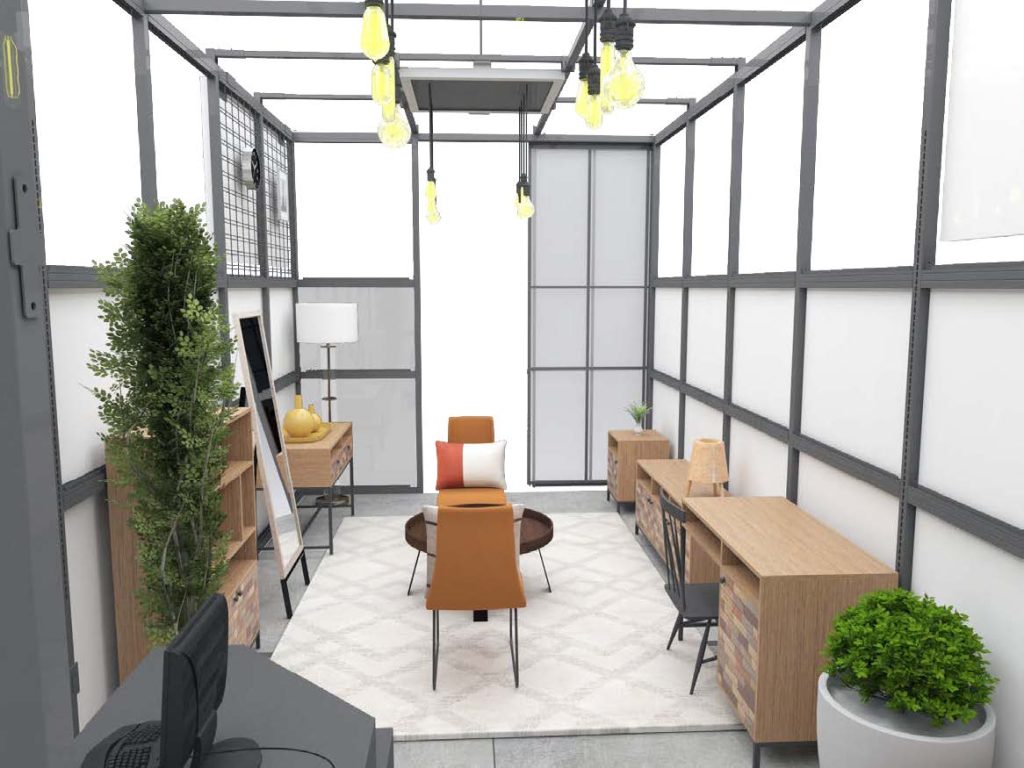
The use of a rotating schedule among workers allows greater distance between desks, and “hot desks”—a workspace that lacks a permanent occupant—can serve as a multi-use area between stints of at-home work. Allowing more than one worker to use a desk (while sanitizing in-between visits) also helps optimize space while accommodating a workforce that prefers to split their time between home and office.
Now-empty offices can be transformed into conference rooms, private meeting rooms, or space for guest speakers or special presentations. For businesses who have downsized, renting out unused square footage to freelancers or independent remote workers is a solution that allows maximum monetization. But it is perhaps the return of privacy that is the most significant—and positive—change in modern office design.
Debuting this year, vira’s sleek “silos” give workers an enclosed mini office complete with chic, modern seating and a built-in desk.
With the ability to install a standalone unit or utilize multiple “Silos” in a row, this customizable solution will help give employees a private enclave to ideate and create.
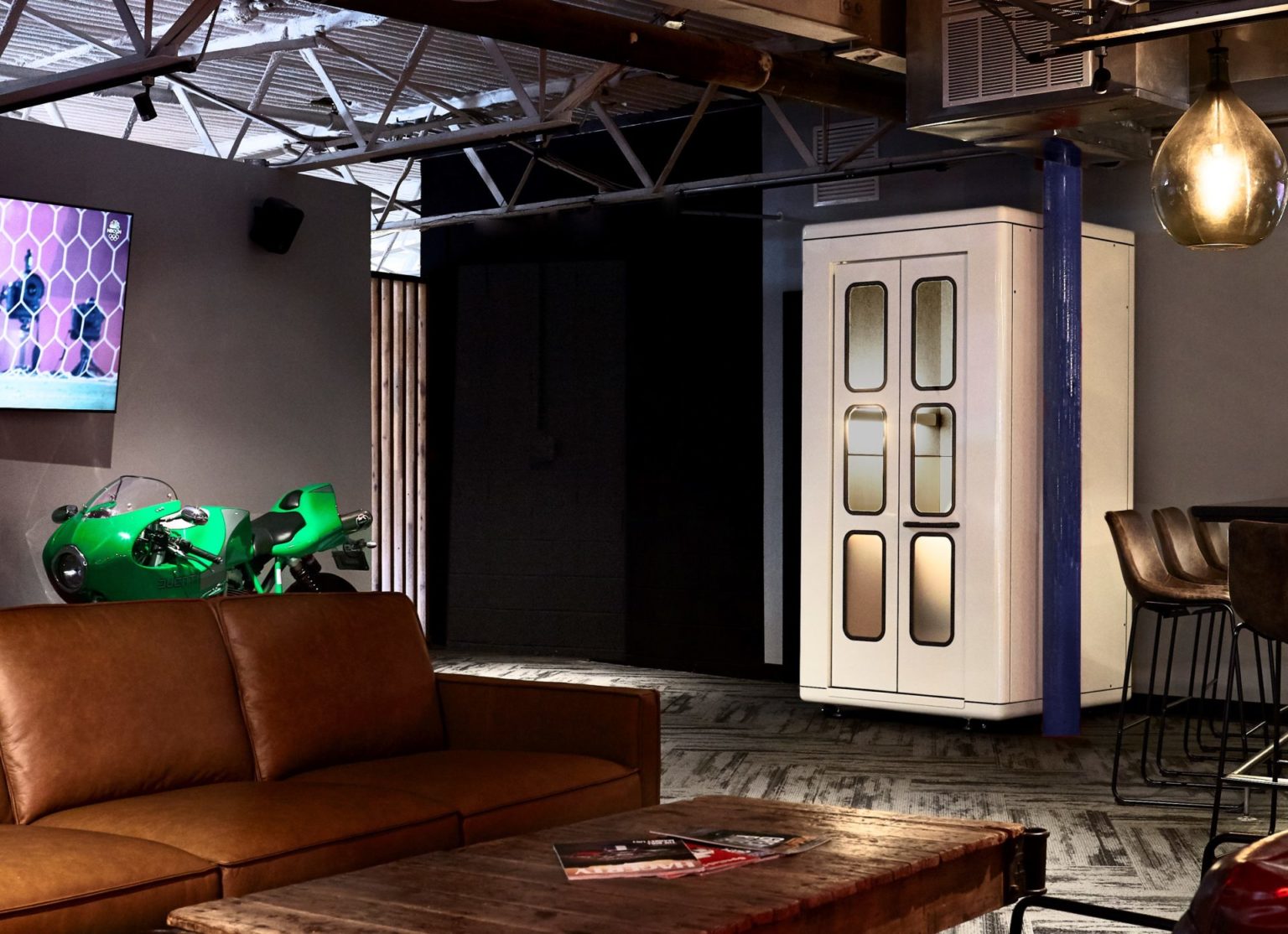
Through fulfilling the evolving needs of future workers, VIRA is uniquely poised to redesign spaces in the smartest and safest ways. With a newly launched materials sourcing and design services division dedicated to redesigning office spaces, our future—and the future of the built environments we create—looks bright. Untapped opportunities can become clever solutions for working in a post-pandemic world.
